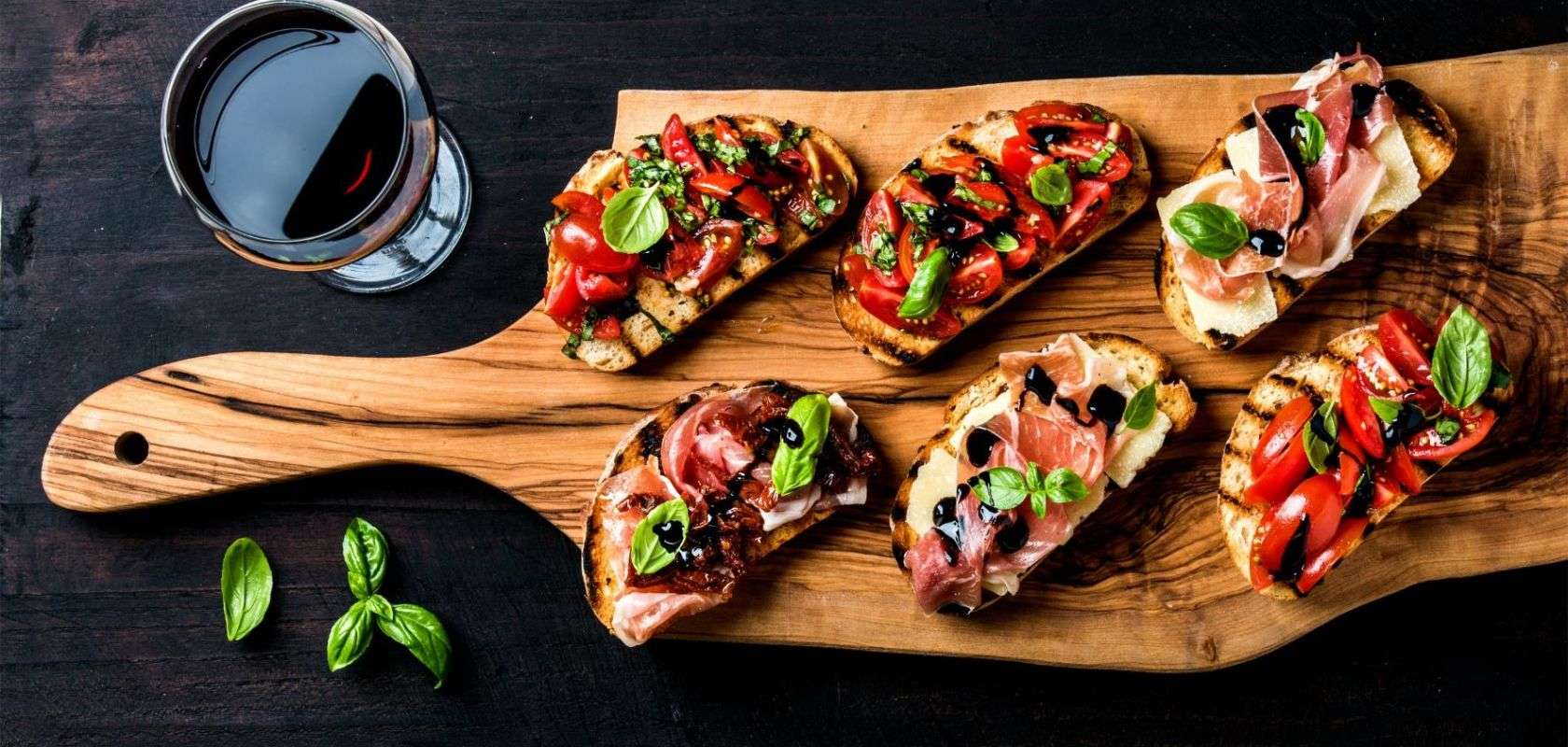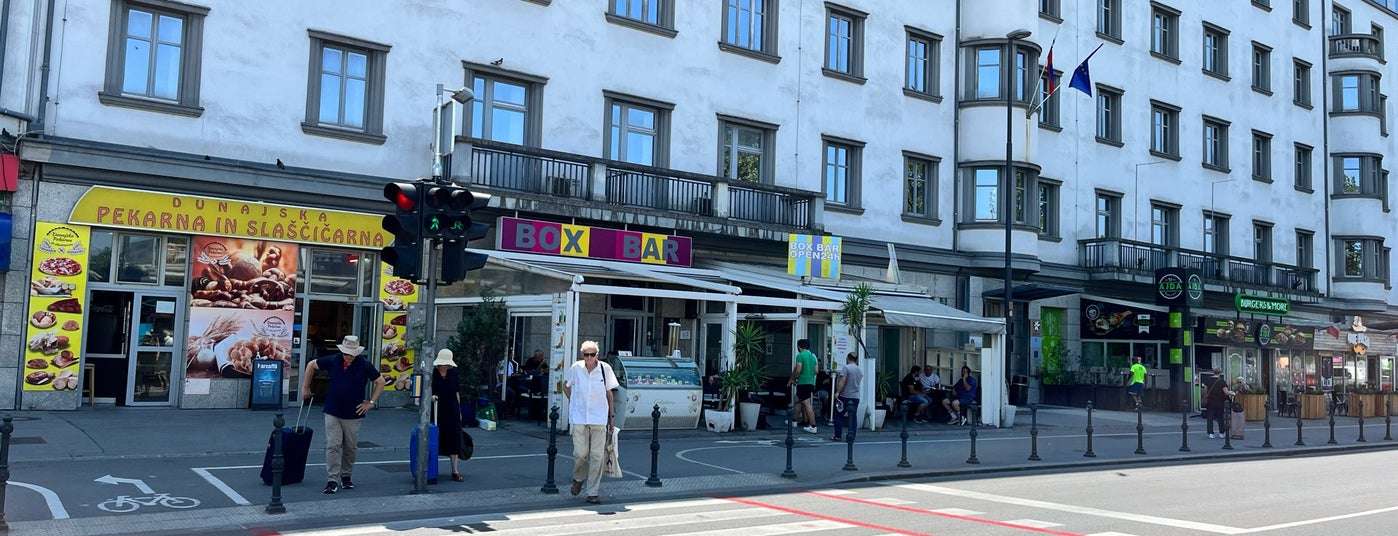The EU foodservice industry is a dynamic and diverse sector, encompassing a wide range of establishments, from restaurants and cafes to catering services and food delivery platforms. This report provides an overview of the industry’s current landscape, including market size, key segments, major players, and emerging trends. It also examines the impact of factors such as changing consumer preferences, regulatory frameworks, and technological advancements on the industry’s growth prospects.
Industry Overview
Market Size and Growth
The EU foodservice industry is significant in terms of revenue generation, employment, and contribution to the economy. Despite challenges posed by the COVID-19 pandemic, the industry has shown resilience, with gradual recovery observed in recent years. The market is characterized by a diverse mix of independent eateries, chain restaurants, and food delivery services, catering to a broad spectrum of consumer preferences.
Key Segments
- Full-Service Restaurants: Traditional sit-down dining establishments offering a variety of cuisines and dining experiences.
- Quick-Service Restaurants (QSRs): Fast-food chains and casual dining outlets providing convenient and affordable options for on-the-go consumers.
- Cafés and Coffee Shops: Popular gathering places for socializing, offering a range of coffee beverages, pastries, and light meals.
- Pubs and Bars: Integral to European culture, pubs and bars serve drinks, pub grub, and often host live entertainment.
- Food Delivery Services: The rise of food delivery apps has transformed the industry, allowing consumers to order from a wide selection of restaurants and eateries for home delivery or takeaway.
Trends and Drivers
Digital Transformation
- Online Ordering and Delivery: The adoption of digital platforms for ordering and delivery has reshaped consumer behavior and created new opportunities for businesses.
- Contactless Payment and Ordering: Driven by hygiene concerns and convenience, the use of contactless technology has accelerated across the industry.
Sustainability and Health
- Demand for Sustainable Practices: Consumers increasingly seek eco-friendly and ethically sourced products and support businesses with sustainable practices.
- Health Consciousness: Growing awareness of health issues has led to a rise in demand for healthier menu options and transparency in food sourcing.
Culinary Innovation
- Emphasis on Local and Seasonal Ingredients: Chefs are showcasing regional cuisines and using locally sourced, seasonal ingredients to create unique and authentic dining experiences.
- Plant-Based Options: The popularity of plant-based diets has led to the expansion of vegetarian and vegan menu offerings across the industry.
Challenges
Regulatory Compliance
- Compliance with food safety regulations, allergen labeling requirements, and labor laws adds complexity and costs for foodservice businesses operating across the EU.
Economic Uncertainties
- Economic fluctuations, currency exchange rates, and geopolitical factors can impact consumer spending and business operations in the region.
Competition
- The industry is highly competitive, with businesses vying for market share, leading to price wars and pressure on profit margins.
Future Outlook
Innovation and Adaptation
- Businesses that innovate and adapt to changing consumer preferences, embrace technology, and prioritize sustainability are likely to thrive in the evolving market landscape.
Collaboration and Partnerships
- Collaborative efforts between stakeholders, including government bodies, industry associations, and businesses, can drive innovation and address common challenges facing the industry.
Consumer Experience
- Providing memorable and personalized dining experiences, both in-person and through digital channels, will be crucial for maintaining customer loyalty and staying competitive in the market.
Conclusion
The EU foodservice industry is poised for growth and innovation, driven by factors such as digital transformation, sustainability, and culinary creativity. By embracing these trends and addressing challenges through collaboration and innovation, foodservice businesses in the EU can navigate the evolving landscape and capitalize on emerging opportunities for success.



